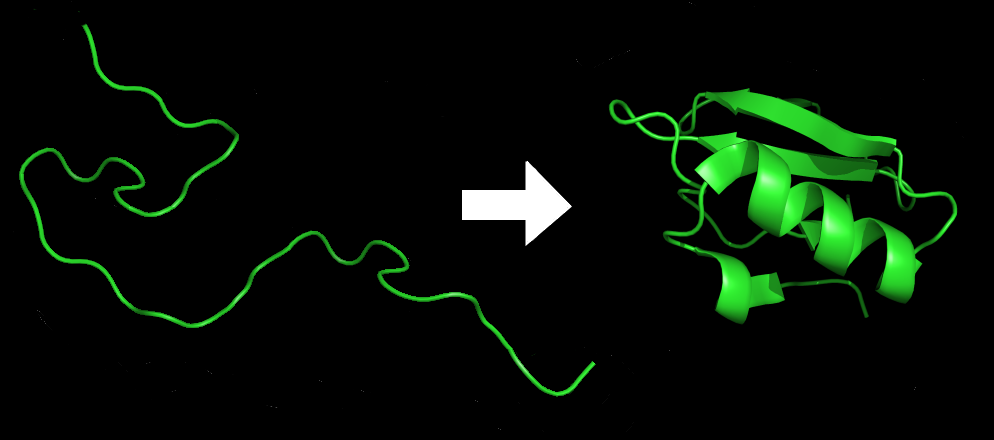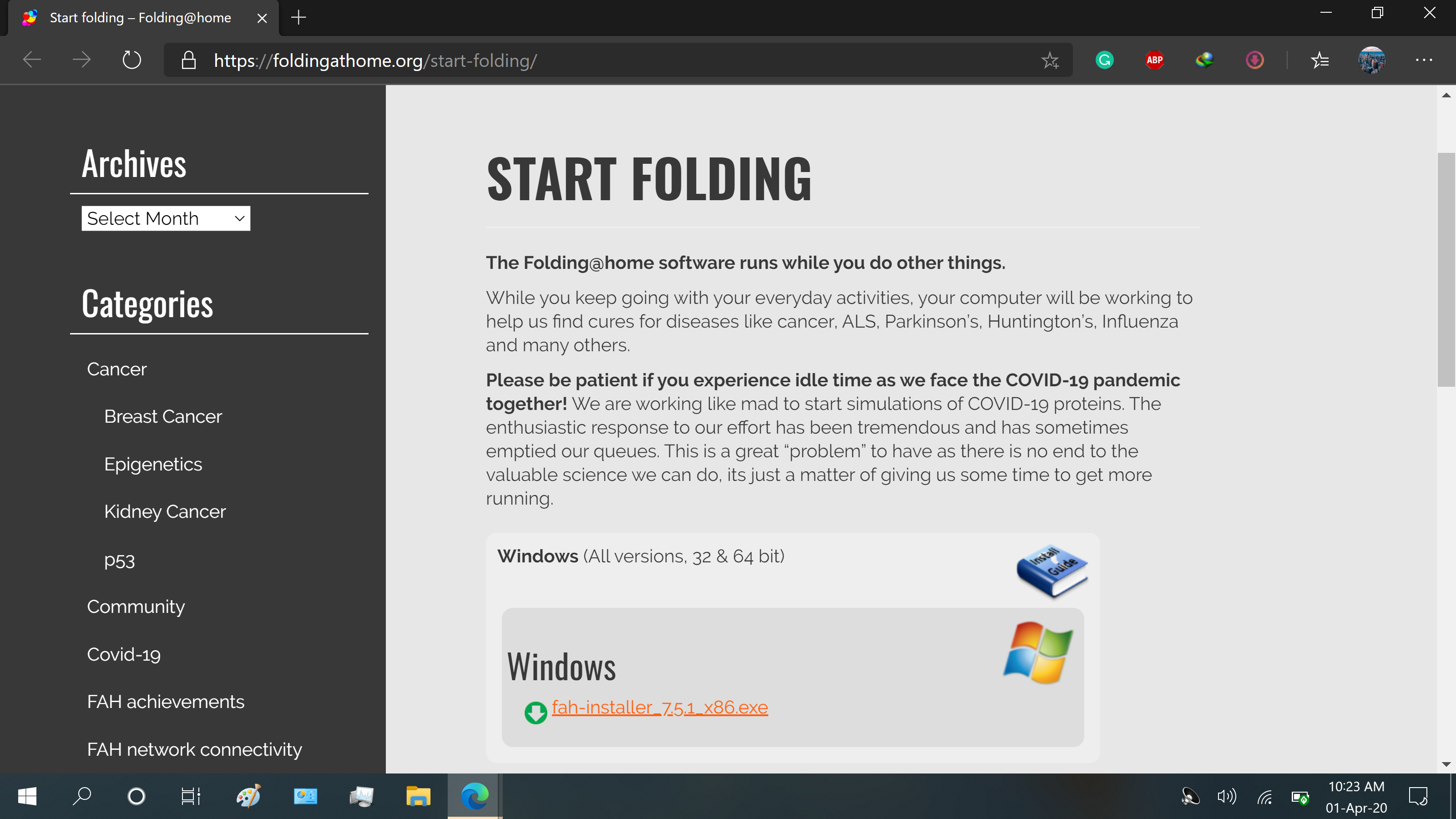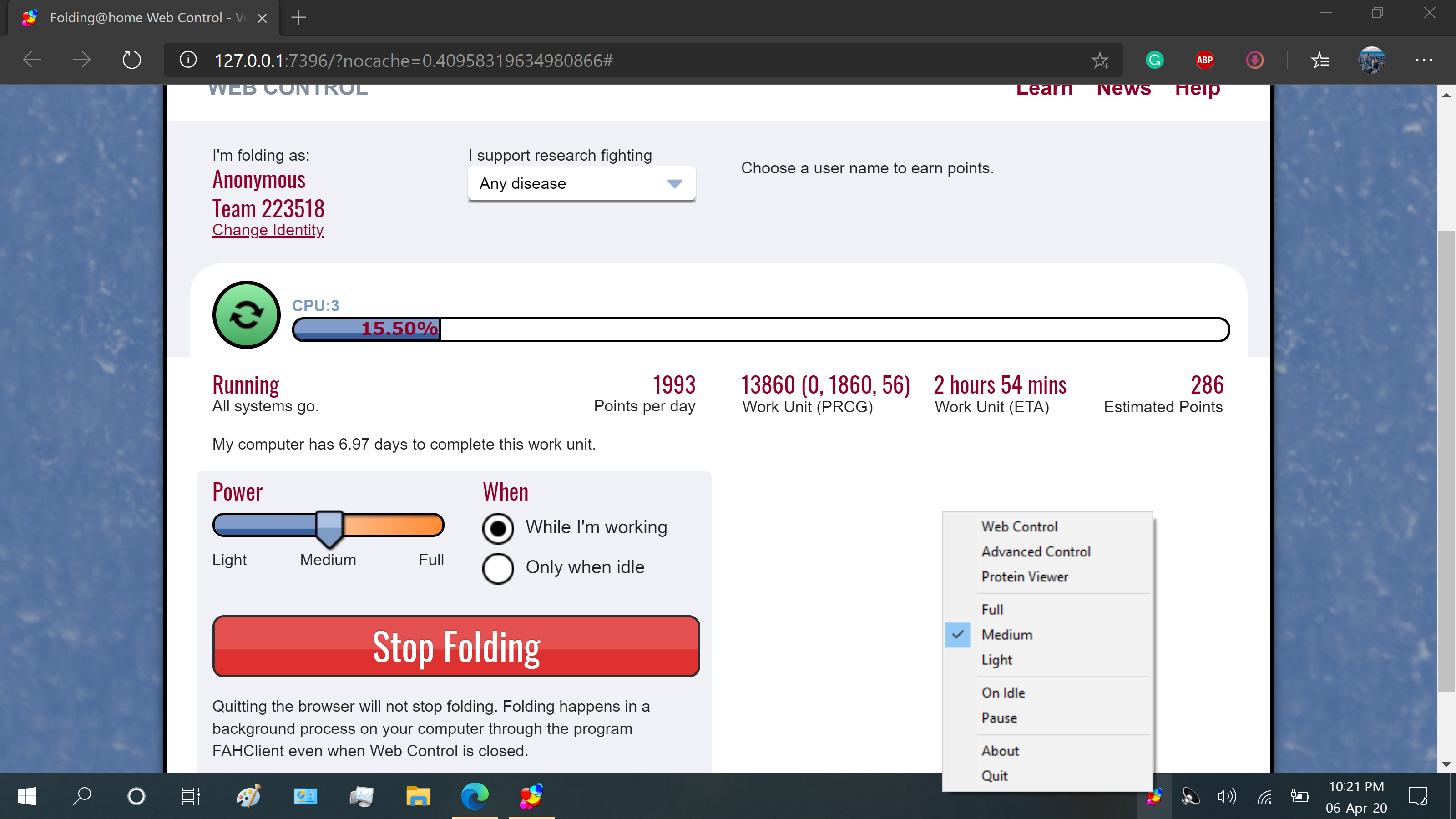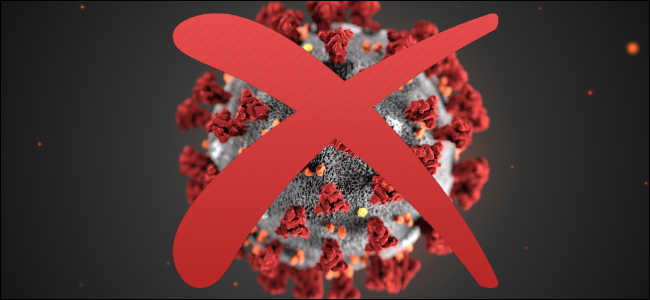The [email protected] project provides a platform where you can donate your PC’s resources to help compute medical research simulations. Let me create some context for those who may not have heard about this project before. The [email protected] project was founded in the year 2000 at Stanford University. It is all completely free and the only expense you will incur is a small bump on your electricity bill. Essentially, you get to donate your GPU and CPU resources, either when your PC is idle or when you are using the PC. Read more: What Ride-Hailing Companies Are Doing During This COVID-19 Lockdown
COVID-19 Is the Priority for [email protected]
In the past, this project has contributed to research that has resulted in over 200 scientific articles that have been published. At the moment, it has been officially communicated that the [email protected] project will be focused on workloads related to COVID -19 research.
Read more: Top 5 Platforms to Keep Track of COVID-19 Online
How [email protected] Works
The processing power that you donate is used to compute simulations on something known as protein folding. For you to understand how the project works, you first have to understand how protein folding happens. Let me take you through a quick crash course in biology. Shall we? So, just like any other virus, COVID-19 has a protein shell encapsulating the viral DNA in them. The virus uses this protein on the outside to latch onto the host cell. The virus then gets its DNA into the cell hance infecting it. The ribosome in the infected cell uses mRNA from the virus to create protein chains which then reproduce the virus. The protein chains then naturally transform from a straight string by folding into a 3D structure that is not fully understood. Scientists need to know and understand this final 3D structure in order to disrupt that process. If that process is successfully disrupted, the virus will be unable to propagate further. The protein folding process happens naturally and extremely fast. That is what makes studying the process very compute-intensive, it needs a huge amount of processing power. Having a big network of computers worldwide doing the folding computations does help to speed up things tremendously. Read more: Covid19: Study from home with these Ugandan e-Learning platforms
How to Sign Up
To get set up as a Windows user, go to the [email protected] website and download the software. Mac and Linux users can use the alternative downloads link to find their software. Download, install and run the software. The software will give you an option to either contribute anonymously or to create an identity with a username and a password. You can also choose to join a group using the group’s code. You will be able to keep track of your personal contribution as well as the collective group contribution. There will be an icon at the taskbar after installation. Read more: 6 Tips For Working From Home Productively
Configuring [email protected] Settings
By right-clicking on the icon at the taskbar, there will be two options; Web interface and Advanced control. The web interface is simpler to use and will open on your default web browser. The advanced control has more settings which we will get to shortly. After you click “Web interface,” a window will then open with a dropdown menu at the top middle. This is where you get to choose what research to support. The [email protected] project supports research on a lot of diseases. But since Coronavirus research is prioritized at the moment, if you choose the option to supports any disease, your donated resources will be automatically channeled to Coronavirus research projects. The [email protected] user interface is simple and straight forward as you can see from the screenshot above. There is also an option to choose how much power to donate where you can set to light, medium or full power. There is another option to choose when to contribute. You can choose to either have it running full time (i.e. when you are using the PC) or just when your PC is idle (i.e. not in use). The interface will display the work unit your PC is currently handling and the number of points you have accumulated. A work unit is a bunch of calculation and computation workload assigned to each PC to work on. These computations will keep running in the background even if you close the browser. Read more: Coronavirus: Winners and Losers In The Tech Ecosystem
Advanced Viewer Settings
The advanced viewer has few additional options where you can configure your hardware devices individually. For example, you can set your GPU to contribute fulltime and your CPU to contribute only when the PC is idle. You don’t get that option with the web interface.
Do Your Part
That’s pretty much everything you need to know to actively play a part in the fight against the COVID-19 pandemic, one protein fold at a time. Kindly use the comment section to let us know about any clarifications you might need on this subject. Read more: COVID-19: How Jumia is supporting Governments’ Fight against the Pandemic in Africa











